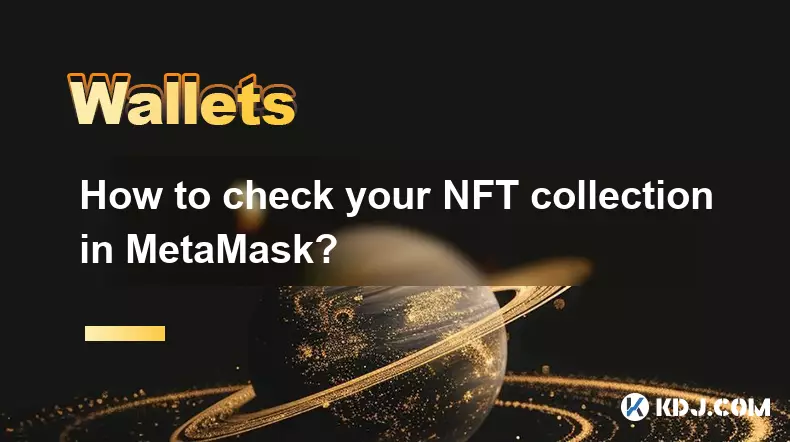-
 bitcoin
bitcoin $102877.190955 USD
1.88% -
 ethereum
ethereum $3430.435064 USD
4.52% -
 tether
tether $0.999264 USD
-0.05% -
 xrp
xrp $2.307310 USD
4.49% -
 bnb
bnb $987.740692 USD
3.82% -
 solana
solana $161.947760 USD
3.97% -
 usd-coin
usd-coin $0.999712 USD
-0.05% -
 tron
tron $0.292810 USD
2.93% -
 dogecoin
dogecoin $0.179738 USD
10.70% -
 cardano
cardano $0.580716 USD
8.75% -
 hyperliquid
hyperliquid $42.463448 USD
8.40% -
 chainlink
chainlink $15.763437 USD
7.05% -
 zcash
zcash $649.595636 USD
17.21% -
 bitcoin-cash
bitcoin-cash $511.610261 USD
7.19% -
 stellar
stellar $0.292537 USD
7.91%
how bitcoin wallet account
Sentence: When creating a Bitcoin wallet account, selecting a reputable provider and securely storing your private key are paramount for ensuring fund security.
Oct 23, 2024 at 11:18 am

A Bitcoin wallet account is a digital wallet that stores, manages, and tracks Bitcoin (BTC) transactions. It's similar to a traditional bank account, but specifically designed for cryptocurrencies.
2. Types of Bitcoin WalletsThere are various types of Bitcoin wallets, each with its own features:
- Software Wallets: Software installed on a computer or mobile device, such as desktop wallets (e.g., Electrum, Exodus), mobile wallets (e.g., Trust Wallet, Coinbase Wallet), and browser extensions (e.g., MetaMask).
- Hardware Wallets: Physical devices that store private keys securely offline, offering enhanced security (e.g., Ledger, Trezor).
- Paper Wallets: Physical documents containing public and private keys written on paper, providing long-term storage but increased risk of loss.
- Exchange Wallets: Accounts held on cryptocurrency exchanges (e.g., Binance, Kraken), offering convenience but less control over private keys.
- Public Key: A unique address (string of characters) used to receive Bitcoin.
- Private Key: A secret code used to access and spend Bitcoin.
- Transaction ID: A unique identifier assigned to each Bitcoin transaction.
- Blockchain: A public ledger that records all Bitcoin transactions, ensuring transparency and security.
- Seed Phrase: A set of words generated during wallet creation, used to recover the wallet in case of loss.
To create a Bitcoin wallet, choose a reputable wallet provider, download or purchase the wallet software/hardware, and follow the setup instructions. You will be provided with a public key (address) and a private key (seed phrase).
5. Receiving BitcoinTo receive Bitcoin, provide your public key to the sender. They will send the funds to your wallet, and the transaction will appear on the blockchain.
6. Spending BitcoinTo spend Bitcoin, open your wallet, enter the recipient's public key, specify the amount, and confirm the transaction. The private key is used to sign the transaction, authorizing the transfer.
7. SecurityBitcoin wallet security is crucial. Protect your private key at all costs, as it gives complete access to your funds. Consider using hardware wallets for enhanced security, or store your seed phrase in a secure location.
8. Managing AccountsAdvanced users may require multiple Bitcoin accounts for different purposes (e.g., storage, spending, receiving). They can create additional addresses within their wallet and manage them separately.
9. ConclusionBitcoin wallet accounts are essential for securely storing, managing, and transacting Bitcoin. Understanding different wallet types and key terminology empower users to safeguard their funds and participate effectively in the cryptocurrency ecosystem.
Disclaimer:info@kdj.com
The information provided is not trading advice. kdj.com does not assume any responsibility for any investments made based on the information provided in this article. Cryptocurrencies are highly volatile and it is highly recommended that you invest with caution after thorough research!
If you believe that the content used on this website infringes your copyright, please contact us immediately (info@kdj.com) and we will delete it promptly.
- Ripple (XRP) in 2026: Hold or Fold? A Look at XRP's Future and Emerging DeFi Alternatives
- 2025-11-08 18:35:01
- Zcash ZEC Coin Price Explosion: From Privacy Niche to Center Stage
- 2025-11-08 18:55:01
- Berachain Price Prediction: Navigating the Honeycomb Hype in Crypto
- 2025-11-08 18:55:01
- Arthur Hayes, Gold, and Bitcoin: A Modern Monetary Trinity?
- 2025-11-08 19:15:01
- Shiba Inu's Next Move: Navigating a Shifting Market
- 2025-11-08 19:20:01
- Pakistan's Crypto Crossroads: Balancing Opportunity with Asset-Backed Realities
- 2025-11-08 19:20:01
Related knowledge

How to use MetaMask Portfolio to track assets?
Nov 08,2025 at 05:40am
Getting Started with MetaMask Portfolio1. Download and install the MetaMask mobile app from the App Store or Google Play. Open the app and select 'Imp...

How to check your NFT collection in MetaMask?
Nov 06,2025 at 08:20pm
Accessing Your NFTs in MetaMask Wallet1. Open the MetaMask browser extension or mobile app and ensure you are logged into your wallet account. Once in...

Why is the MetaMask swap feature failing?
Nov 06,2025 at 09:20pm
Understanding MetaMask Swap FailuresMetaMask, one of the most widely used cryptocurrency wallets, enables users to swap tokens directly within the int...

How to update the MetaMask extension in Chrome?
Nov 08,2025 at 07:39am
Updating the MetaMask extension in Chrome is a simple process that ensures you have access to the latest security features, performance improvements, ...

How to import an account into MetaMask using a private key?
Nov 07,2025 at 07:40am
Importing an Account into MetaMask with a Private KeyMetaMask is one of the most widely used cryptocurrency wallets, particularly within decentralized...

What to do if my MetaMask wallet was compromised?
Nov 06,2025 at 04:59pm
Immediate Steps to Take After a Compromised MetaMask Wallet1. Disconnect your device from any phishing websites immediately. If you clicked on a suspi...

How to use MetaMask Portfolio to track assets?
Nov 08,2025 at 05:40am
Getting Started with MetaMask Portfolio1. Download and install the MetaMask mobile app from the App Store or Google Play. Open the app and select 'Imp...

How to check your NFT collection in MetaMask?
Nov 06,2025 at 08:20pm
Accessing Your NFTs in MetaMask Wallet1. Open the MetaMask browser extension or mobile app and ensure you are logged into your wallet account. Once in...

Why is the MetaMask swap feature failing?
Nov 06,2025 at 09:20pm
Understanding MetaMask Swap FailuresMetaMask, one of the most widely used cryptocurrency wallets, enables users to swap tokens directly within the int...

How to update the MetaMask extension in Chrome?
Nov 08,2025 at 07:39am
Updating the MetaMask extension in Chrome is a simple process that ensures you have access to the latest security features, performance improvements, ...

How to import an account into MetaMask using a private key?
Nov 07,2025 at 07:40am
Importing an Account into MetaMask with a Private KeyMetaMask is one of the most widely used cryptocurrency wallets, particularly within decentralized...

What to do if my MetaMask wallet was compromised?
Nov 06,2025 at 04:59pm
Immediate Steps to Take After a Compromised MetaMask Wallet1. Disconnect your device from any phishing websites immediately. If you clicked on a suspi...
See all articles





















![The Graph Price Prediction [GRT Crypto Price News Today] The Graph Price Prediction [GRT Crypto Price News Today]](/uploads/2025/11/07/cryptocurrencies-news/videos/690d4df44fe69_image_500_375.webp)



















































